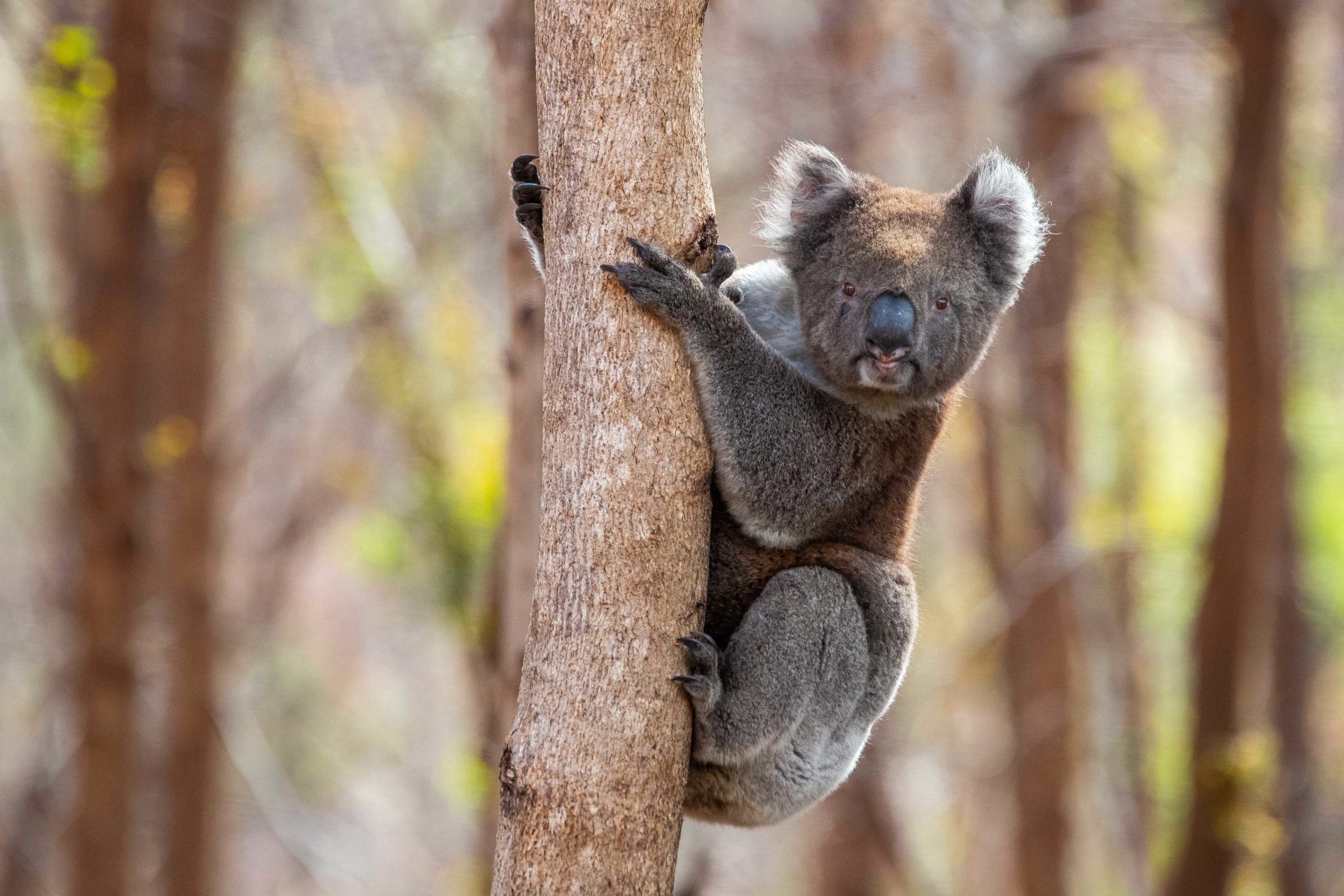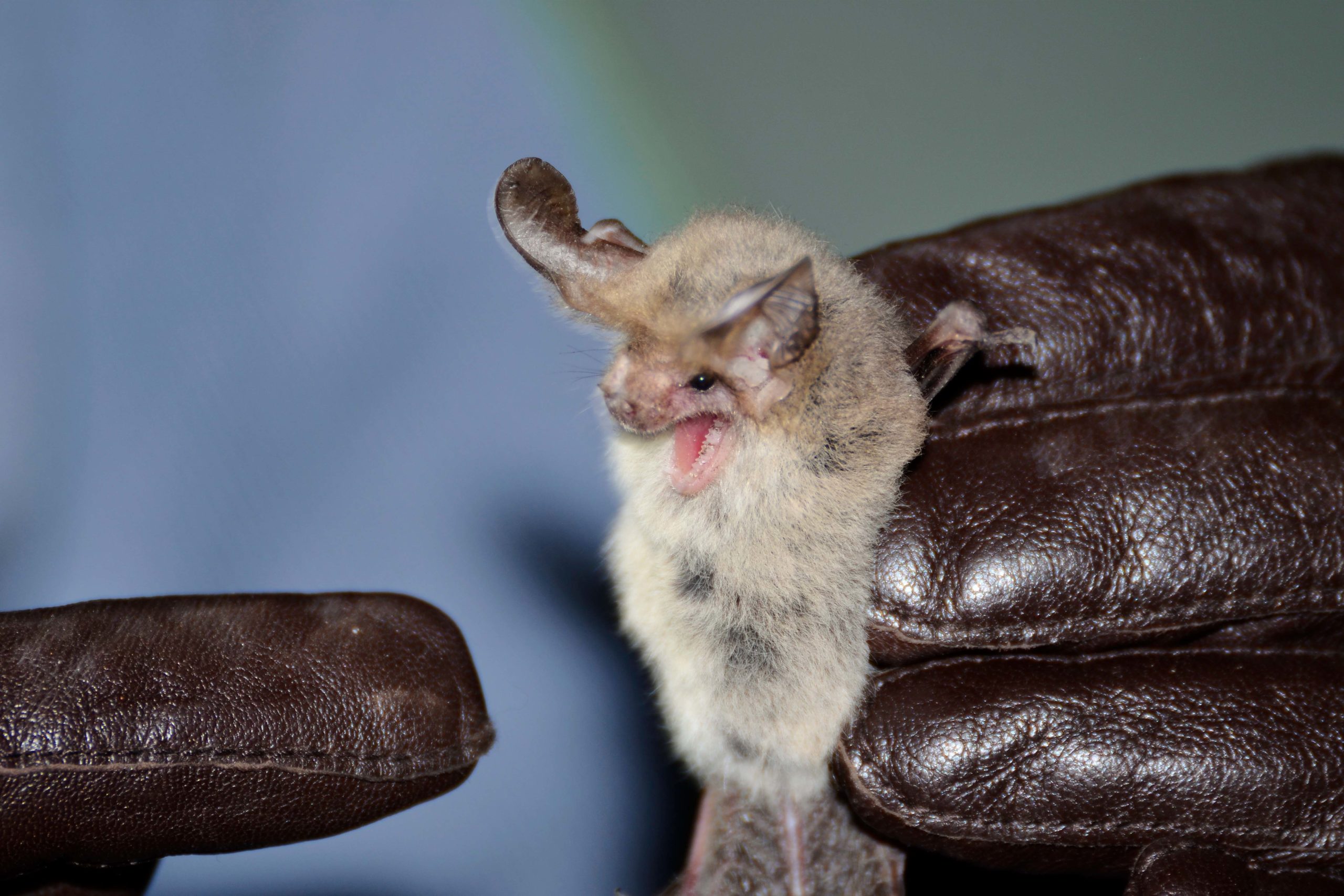By Dr Richard Seaton, Senior Ecologist (Pastoral Partnerships), Oli Aylen, Ecologist Guide and bat scientist and Dr Eridani Mulder, Senior Wildlife Ecologist
Conservation science is generally based on seeing, hearing or otherwise recording the natural world. The development of affordable, high-resolution camera traps revolutionised how scientists monitor Australia’s wildlife. Camera traps provide a cost-effective means to survey at scale (both large numbers of species and over large areas), something not afforded by traditional methods. However, not all species can be effectively monitored using camera traps. For example, species that are highly mobile, cryptic or spend most of their time off the ground are hard to detect with cameras. Ecologists are now starting to ‘listen‘ to the natural world and advances in acoustic recording technology are helping to fill the gap in Australian Wildlife Conservancy’s (AWC) monitoring toolbox.
 Oli Aylen/AWC
Oli Aylen/AWC
Whether it be a song, a croak, a buzz, or a click, most animals make some kind of noise and, often, the noise is unique to that species. Consequently, if these noises can be detected by placing recorders out in the environment, recordings can be used to monitor the presence of species. The challenge is building a recorder sensitive enough to record the call and store the huge amount of sound data that are created; and the really challenging part is developing an efficient way to find the calls in the recordings without listening to hours of sound files, manually searching for the call of a specific critter.
AWC is trialling the latest acoustic technologies and partnering with the leaders in the field, such as Queensland University of Technology, to explore the most efficient methods of analysing the data, including machine learning and artificial intelligence techniques.
Examples of this work include: the deployment of semi–permanent recorders on AWC properties as part of a continental-scale acoustic sensor network established by the Acoustic Observatory (A20; you can read more about this in Wildlife Matters 42); trialling the use of low-cost recorders such as AudioMoths to track broadscale changes in bird and bat populations; targeted deployment of sophisticated recorders to search for elusive threatened bird species that are almost impossible to find using any other technique (e.g., Plains-wanderer); and deployment of recorders to capture the bellowing calls of Koalas and track their recovery after bushfire.
 Brad Leue/AWC
Brad Leue/AWC
The field of bioacoustics has opened a new frontier in conservation biology, particularly for bats, the often overlooked but vital creatures of the night. The AudioMoth – created by two PhD students from the University of Southampton in the UK – took this field one step further by creating a low cost, open-source acoustic monitoring device about the size of a matchbox. The AudioMoth is highly versatile, ‘hearing’ up to 190 kHz, and the recordings improve detectability of many species that are very difficult to survey with standard methods. To date they have been incorporated into several AWC monitoring surveys, from Yookamurra Wildlife Sanctuary in South Australia to Curramore and Mount Zero–Taravale Wildlife Sanctuaries in Queensland.
The large amount of data each device records requires specific analysis to be useful to AWC’s science team. A ‘reference library’ of regional animal dialects is needed to train machine learning to detect species automatically. For species heard by the human ear (<20 kHz) that don’t fly, it’s relatively straightforward, but for Australia’s amazing microbats – with calls sometimes lasting only a few milliseconds at more than 100 kHz – it requires specialised equipment and methods. This work has already reconfirmed the threatened Large-eared Horseshoe Bat at Mount Zero–Taravale Wildlife Sanctuary and picked up species not previously recorded at Curramore Wildlife Sanctuary, with further acoustic monitoring methods in development.
 Wayne Lawler/AWC
Wayne Lawler/AWC
AWC prides itself on its innovative approach and is at the forefront of developing the techniques necessary to see acoustics become a valuable part of the ecological monitoring program. Applying technology will continue to enable AWC to monitor more effectively and efficiently and deliver positive, high impact results for Australia’s wildlife and habitats.
Read and download the full issue of Wildlife Matters here.
Donate to help save Australia’s threatened wildlife and wild places
Donate Now